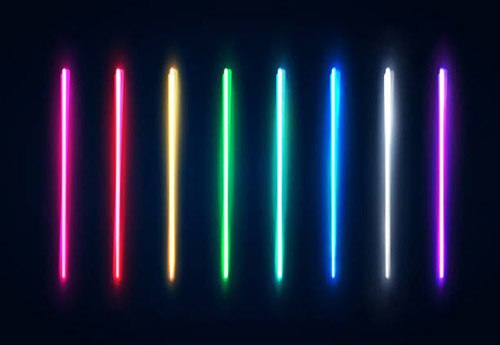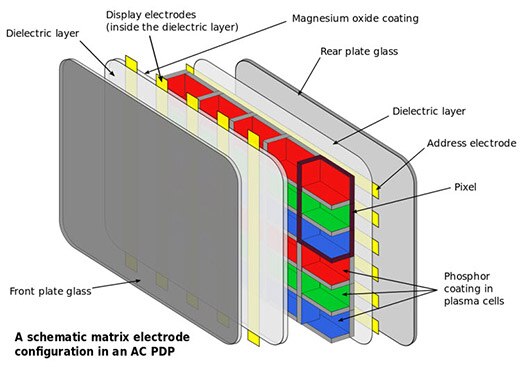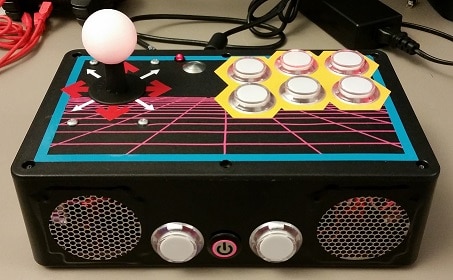Retro Tech: The Lost Art of Plasma Screens
2023-12-04 | By Antonio Velasco
If you were to ask someone in High School these days if they've ever seen a Plasma Screen TV, there's a pretty good shot that they wouldn't even know what it is. In fact, the only reason that I know about plasma screens was because of an episode of "The Office" where Michael Scott boasts about his "brand new plasma screen TV," which subsequently got destroyed by Jan Levinson. Now, I found this comical not because I've only scarcely heard of the term, but because when I searched up when it was most popular, it ended up being the 1990s and early 2000s (that particular episode aired in 2008, a year after LCD's took over the market rendering Plasma TV's obsolete!)
History of Plasma Screen TV
Prior to the advent of the plasma era, everybody used CRT or Cathode Ray Tube televisions. These were relatively easy to produce back then but were phased out for multiple reasons.

Just by looking at it, I think you can tell why they moved away from CRTs and toward plasma--they're huge! Imagine lugging this out of the store after buying it and making the space in your home for it. It simply is an eyesore. Additionally, because of the curved screen, you can't really see the entire screen from certain angles as you move more toward the side. With flatter TVs, you can see everything! Furthermore, the old tech made them flicker a lot and use a ton of energy, making everybody eager to hop to the next new thing!
This next new thing came in the form of utilizing a special type of matter: plasma! This first came to light all the way in the 1930s when an engineer, Kalman Tihanyi, proposed a new type of display utilizing plasma. However, it wasn't until 1964 at the University of Illinois at Urbana-Champaign that the first prototype was created. Although monochrome, it proved that it is not only possible but also practical. They first used these displays for computer terminals, medical equipment, and other industrial purposes as they were relatively small applications and didn't require color. The contrast ratio and display were much sharper compared to the CRTs of the time.
Plasma screens, however, were subsequently very expensive to produce and quickly got outpaced by LCDs in the early '90s--that is until the first full-color display from Fujitsu in 1992! The color plasma display was advanced further and, a few years later, was developed into a TV. This large color display and flat screen TV sold for a lot at first, but it became all the buzz with its superior quality and color. Manufacturers like Panasonic and Fujitsu quickly hopped on the train, and the glow of plasma was soon in most American's homes.

Now that we've established how they came to be, let's talk about how they work!
How Plasma Screens Work
Plasma Screens utilize--you've guessed it--plasma! Plasma is the lesser known fourth state of matter and is essentially an ionized gas. This means that the atoms within the gas have either lost or gained a number of electrons, leading the particles to all be charged and full of ions and free-floating electrons. This ends up as a high-energy and very conductive substance, which also can emit a ton of different colors. This comes in handy with our plasma screens, but also more commonly these days with any neon lights that you might see.

The way that plasma screens utilize this unique material is by filling a gap between two glass panels with a mixture of gases and mercury vapor. This mixture is currently in the gas state of matter, and when an electrical current is induced, the gas will become ionized and thus plasma. This process releases photons--the light that we see through the screen!

You can see the electrodes that will ionize the gas here, but you'll also notice that there are 3 types of cells in between--red, green, and blue. All these colors are included in one pixel, and the intensity of the induced current for each will control the color depicted. You'll notice that there are horizontal and vertical electrodes, making a sort of grid within the pixels and dividing up the cells. Each portion can be referred to as an "address" and thus controlled to certain intensities, energizing specific portions to display specific colors.
Where We're at Today
You'll notice today that there are no plasma screen TVs for sale in stores--mostly because they stopped manufacturing them in 2014! This was because of the rise of LCD and OLED displays, which were not only brighter but also much cheaper. My father always talks about how we bought our flat-screen TV at the wrong time, bringing it home for over 2k! Nowadays it's not uncommon to find Black Friday doorbuster TVs that are bigger, brighter, and thinner for less than $500. It's crazy how fast we've innovated especially in terms of the power usage and cost of manufacturing.
These days, they're much more of a collector item--bringing about nostalgia and that vintage glow that most GameCube and Wii kids grew up on. There are plenty of options available on eBay and other second-hand websites, as there are many people who are willing to part ways with their past and an equal number of individuals who desire to relive it, resulting in a flourishing market.
If you'd like to learn more about today's displays and how they work, look no further than the articles below!
Or, if you're more into the retro side of things, check out my other Retro Tech article on brick phones!

Have questions or comments? Continue the conversation on TechForum, DigiKey's online community and technical resource.
Visit TechForum












 中国
中国